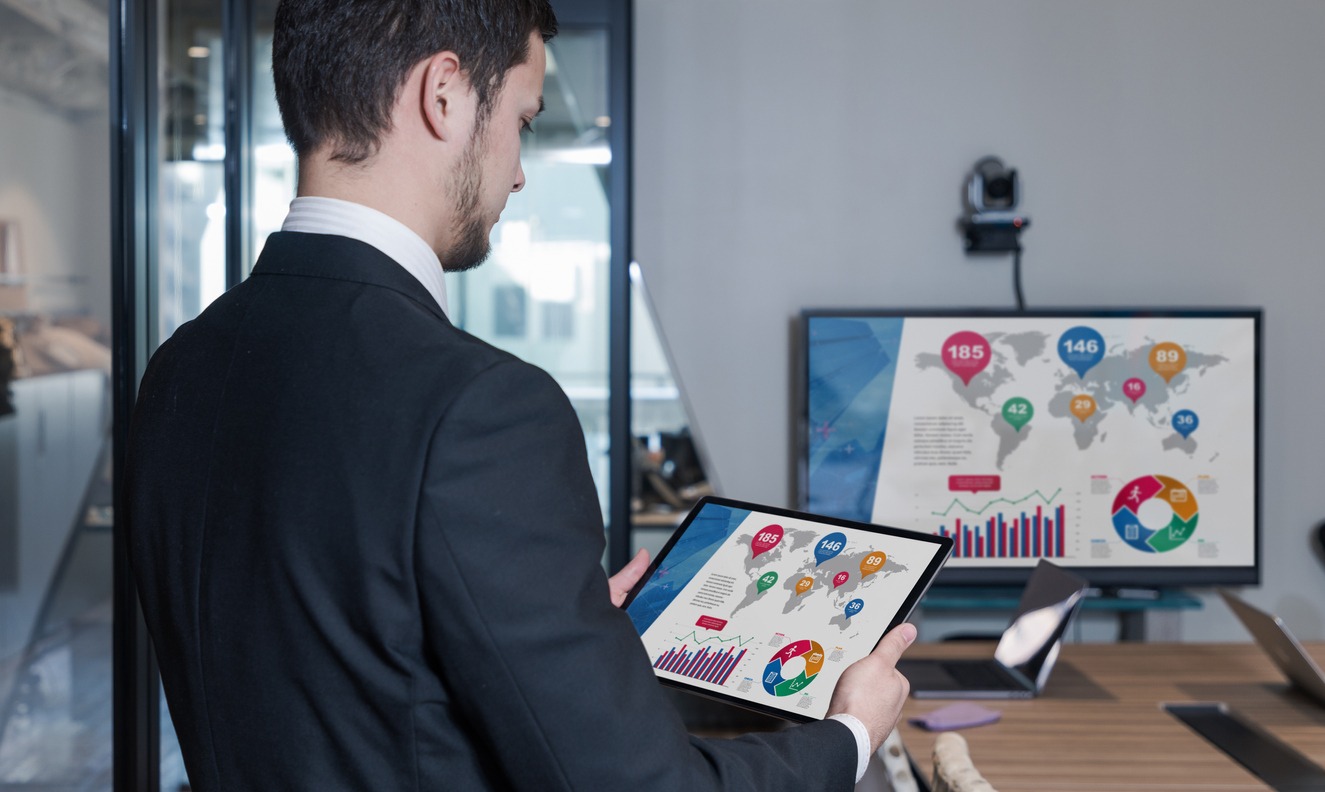Let’s say you have a smartphone and wish to share the content from its little screen with the larger screen of your television. However, you aren’t sure what to look for to determine how to carry out these steps.
There’s so much technical jargon in the findings, such as “screen mirroring,” “screencasting,” and “screen sharing,” that you can’t tell what’s reliable.
That is indistinguishable from one another.
In some way, shape, or form, it should be obvious that all of these techniques are related to displaying the contents of your device’s display.
But what exactly differentiates them from one another?
Here, we’ll explain the key distinctions between screen mirroring, screen cast, and screen sharing. In addition, we will discuss how to use each of these technologies as well as when it is appropriate to use a particular one.
Mirroring your screen using wireless display technology
What it is: Like looking in a mirror, screen mirroring reflects the image on the screen. In other words, if you move your arm, the mirror image will follow suit. Screen mirroring allows you to view precisely what’s occurring on both of your devices by reflecting what you see on one onto the other.
For instance, presenting the identical screen on your desktop computer, laptop, smartphone, or tablet, as well as all of the actions taking place on another screen in the same room.
Instructions for its application: You can use an HDMI cable to do a wired screen mirror or a device to get a wireless display.
For screen mirroring to work, you’ll need a display device (TV or monitor) that is compatible with the feature. This means it can receive material via built-in technology or with an adapter that mirrors the screen and a receiver kit.
Displays that are compatible with screen mirroring can be used without Wi-Fi since screen mirroring establishes its wireless peer-to-peer connection with the display. If your gadget or smart TV supports screen mirroring, you may watch material from your favorite streaming services, such as Netflix or Hulu, without an internet connection.
When should it be used: Mirroring your screen is useful for face-to-face interactions. It makes it possible for the presenter to work or exhibit material from a device that is more easily accessible, such as a laptop. However, it displays the content so that everyone in the room can view it.
For instance, if you would like to show images to your friends and family or share a humorous joke or video with everyone in the room, you may screen mirror them on your computer at home.
Casting the Screen Via Wireless Projector
What it is: Screen casting is identical to screen mirroring, with the exception that you cast the material onto another screen display instead of seeing it on both of your devices simultaneously. If you cast anything from your phone to the TV, you’ll only be able to see it on the TV.
How to put it to use: You might record your screen using technologies such as Chromecast from Google or other streaming devices and apps of a similar kind. After successfully screen casting anything to your TV, you’ll need to use the remote with your set rather than your mobile device or computer to navigate the content.
When should it be used: Casting your screen is useful when you need to see stuff on a bigger screen. Take, for instance, playing a video game on your smartphone or watching movies on YouTube while you’re on the go using your mobile device. The display will be larger and (in some cases) of higher quality if you cast them onto your TV.
Display for Screen Sharing Via Wireless Network
What it is: Essentially the same as screen mirroring, other than that the material is seen on the other user’s screen instead of their own. Screen sharing sends material from one device to another in a different or distant location. This contrasts with screen mirroring, which sends information from one device to another in the same physical space.
You can continue screen sharing even if you are in the same physical location. On the other hand, the advantage of using technology is that you do not need to be.
In most cases, a device’s content is shown on the receiving display within the confines of a program window rather than appearing exactly as it did on the sending device. Take, for instance, the Chrome web browser that you use.
How to put it to use: The person giving the information and the person receiving it both need to use a device capable of screen sharing for the connection to succeed. Using software for video calls will allow you to accomplish this goal.
When to utilize it You have probably participated in a remote video presentation that used screen sharing at some point. Screen sharing is an excellent tool for remote education, collaboration, or sharing any material you choose.
A quick review of the key distinctions between these three screen-duplicating methods is as follows:
The following is a synopsis of the key distinctions:
- Screen mirroring: A mirror of your screen that is identical to your experience. To learn more about similar concepts, check out the links below. Both devices are simultaneously accessing the same material in the same location.
- Screen casting: The information of one display is “broadcasted” onto another, bigger display using another device. It’s common to use a phone in place of a TV.
- Screen sharing: A mirror of your screen that is identical to your experience. To learn more about similar concepts, check out the links below. Both devices are simultaneously accessing the same material from separate places. Ultimately, these conditions are fair. People will usually grasp your point after you’ve established the general context. Nonetheless, it’s helpful to be aware of the distinctions among these many mirroring, casting, and sharing tools to make the most appropriate technological choice.

